The D Major scale contains the following notes:
D – E – F# – G – A – B – C#
The D Major scale contains two sharps – F# and C#.
The relative minor of D Major is B minor.
The D Major scale is a commonly used scale. It is effectively the ‘master D scale’. This is because the notes in the key of D flat are the same as the notes in the D Major scale itself. It is therefore used as a reference point for all other types of D scales.
If you are interested in learning about modes and guitar scales, it should be pointed out that the D Major scale is effectively the same scale as the D ionian scale. For the purpose of the series of lessons on guitar modes, we are going to treat D ionian and D Major as identical scales (which they are).
D Major Scale In The Open Position
Let’s look at the D Major scale in the open position (notes and tabs).
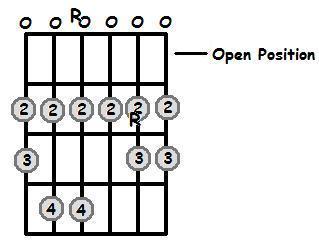
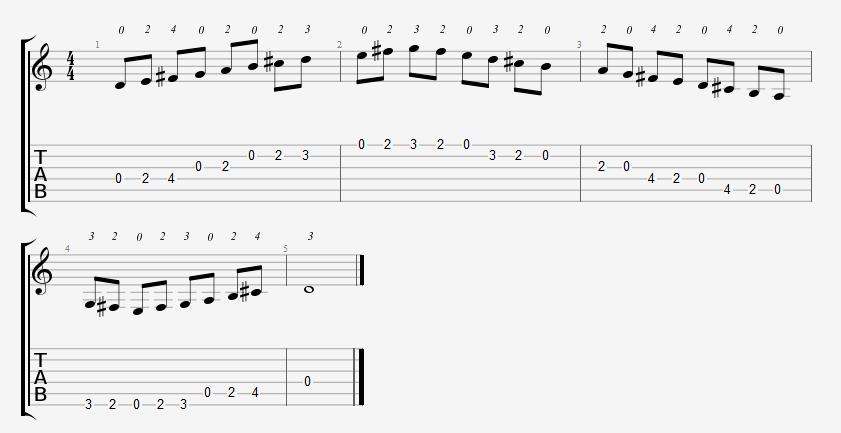
D Major Scale CAGED Positions
There are 5 D Major positions, based on the CAGED system. Remember these positions are movable, which means that you can move them along the fretboard if you want to change keys.
Here are the 5 CAGED positions for the D Major scale on the guitar (notes and tabs).
D Major Scale in the 3rd Position (lowest fret is 3)
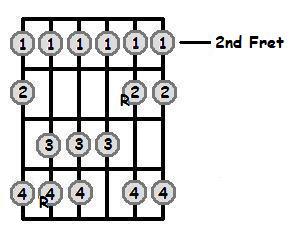

D Major Scale in the 3rd Position (lowest fret is 3)
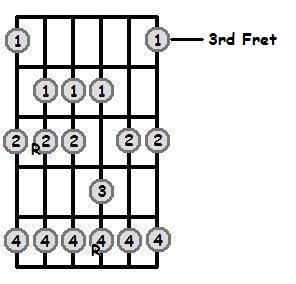
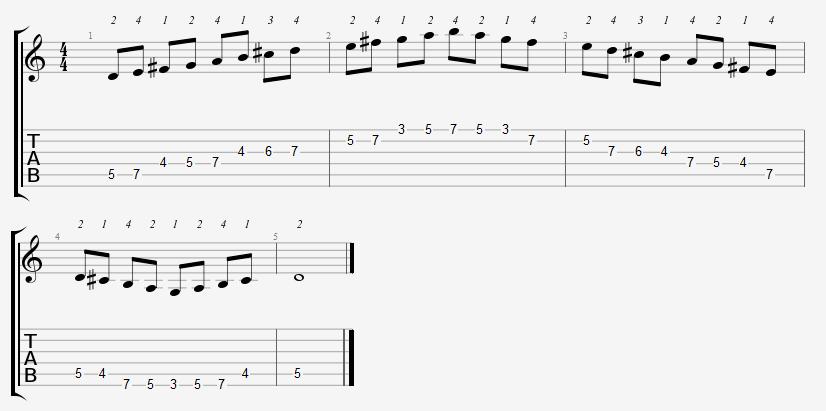
D Major Scale in the 6th Position (lowest fret is 3)
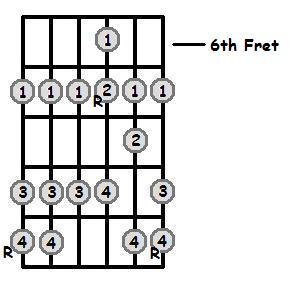
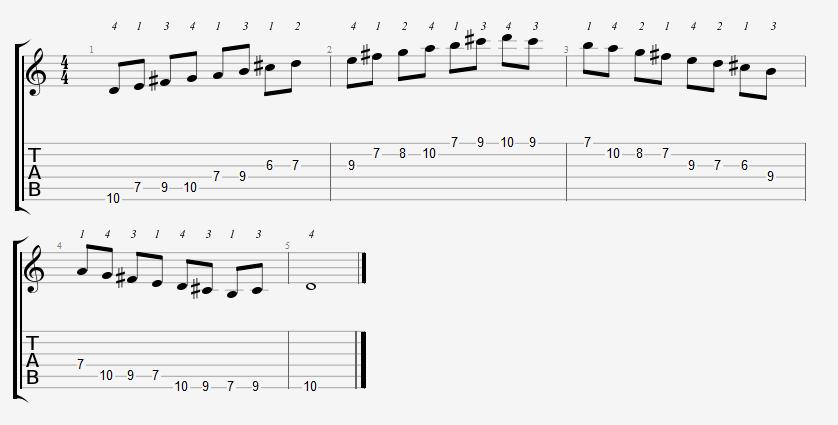
The next one is in the 9th position (the lowest fret is fret 9)
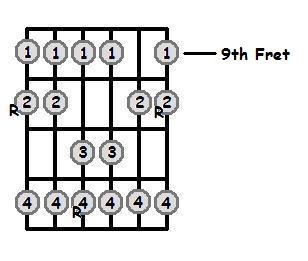
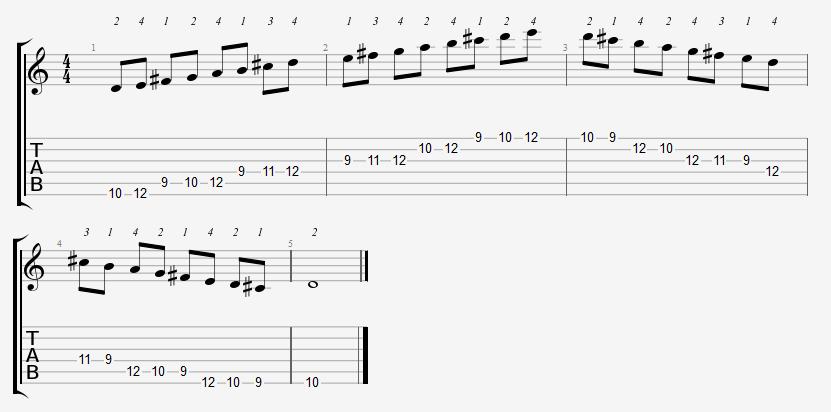
The next one is in the 10th position (the lowest fret is fret 10)
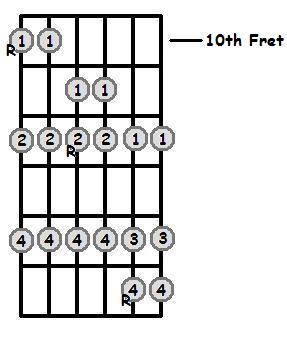
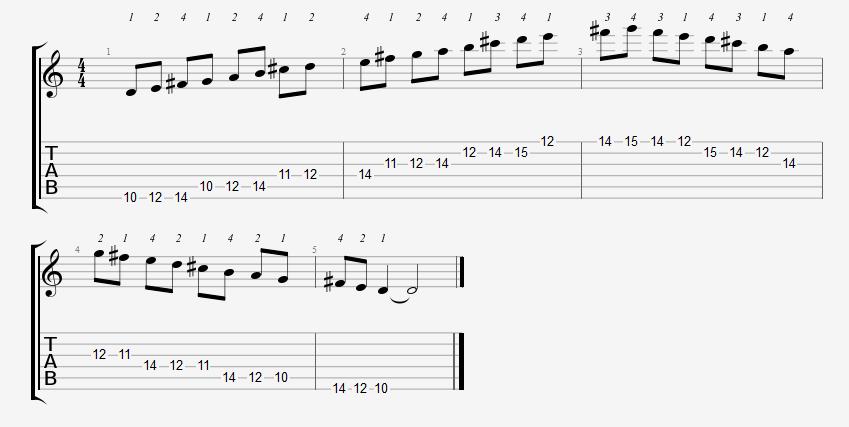
There are all the D Major scale positions on the fretboard. D is another good scale to get familiar with as many songs that are written on guitar are played in the key of D. This is most likely because the key of D contains a lot of chords that can be played in the open position on the guitar. For example, many songs use the 3 chords – D, G and A.
How to Use the D Major Scale
For the purpose of improvising, the D Major scale can be used over the D Major chord, the D Major 7 chord, as well as other chords within the key of D Major.
Chords in the Key of D Major
The key of D Major contains the following chords (triads and 7th chords):
- D Major/D Major 7
- E minor/E minor 7
- F# minor/F# minor 7
- G Major/G Major 7
- A Major/A dominant 7
- B minor/B minor 7
- C# diminished/C# half diminished
Modes Of The D Major Scale
There are 7 modes in the key of D. We can produce these modes by playing the notes of the D Major scale, while starting on different notes of the scale. For example, to play the E dorian mode, we start on the note E and then play the notes of the D Major scale. To play the B Aeolian mode, we start on B and play through the notes of the D Major scale.
Here are the 7 modes in the key of Ab Major:
